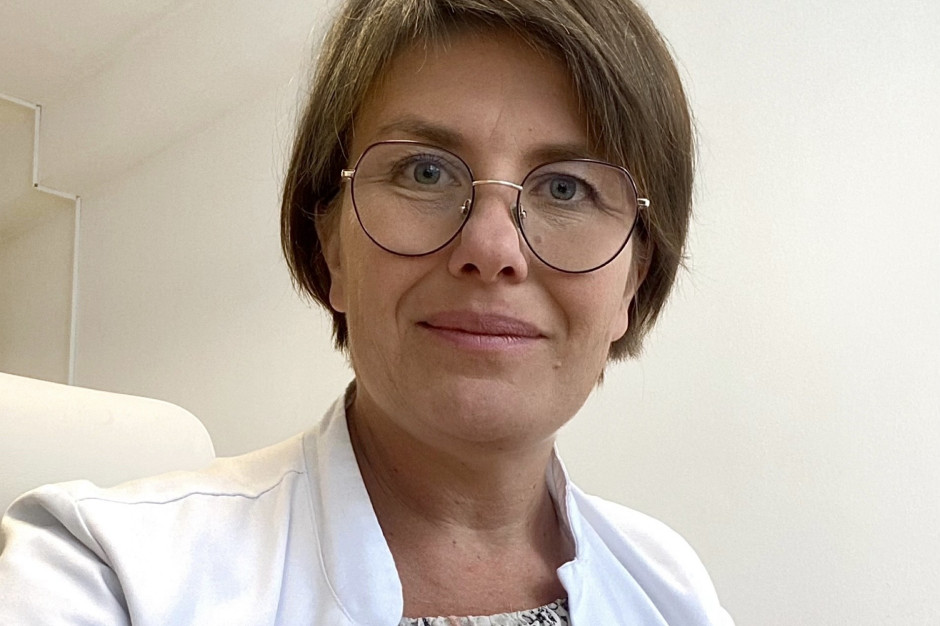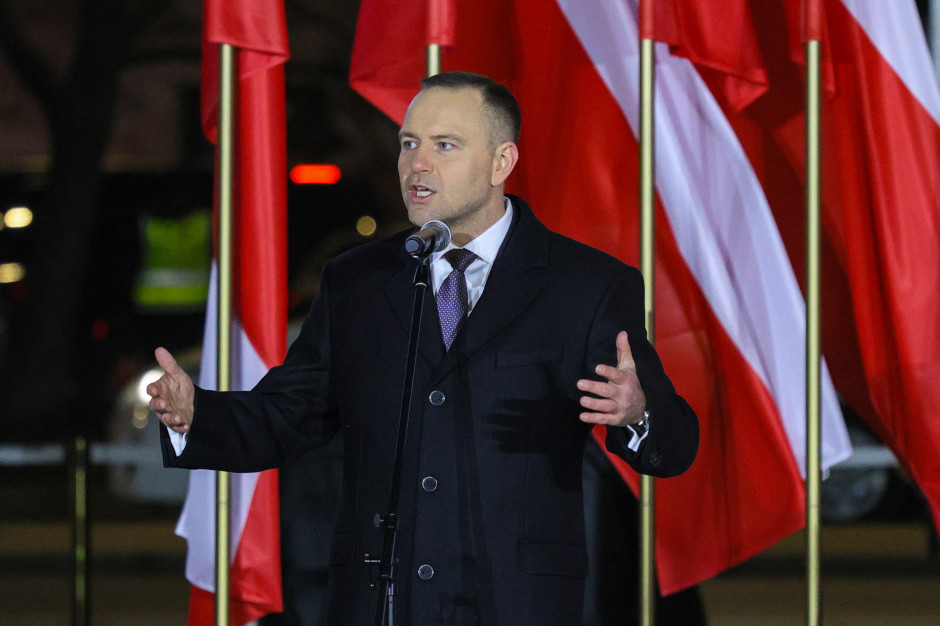- A July 2025 Nature Communications paper identifies a Hedgehog–FOXF signaling “switch” that tells dental‑follicle stem cells when to stop being stem cells and become bone‑forming osteoblasts for the jaw’s alveolar bone. Nature
- The team shows Hedgehog signaling is high early in tooth‑root/periodontal development and must be dialed down later so progenitors can turn into osteoblasts; keeping it “stuck on” blocks bone formation. PMC
- The same group’s companion paper maps a second lineage (CXCL12⁺ cells) that forms tooth roots via Wnt signaling, underscoring that root formation and jawbone formation use different stem‑cell programs. Nature
- The findings suggest future therapies that timely toggle Hedgehog/FOXF activity could help regenerate both teeth and jawbone, a long‑standing goal in dentistry. Early results are in mice, not yet in patients. PMC
- Coverage and institutional releases arrived in October 2025, amplifying the July publications and quoting lead author Mizuki Nagata on the need for “deliberate on–off regulation” of the pathway. Medical Xpress
- Related news: Japan has begun first‑in‑human trials of a tooth‑regrowth drug that targets a different pathway (USAG‑1), showing the broader momentum in regenerative dentistry. Toregem BioPharma
What’s new
A multinational team (Institute of Science Tokyo, UTHealth Houston, University of Michigan and collaborators) reports that a Hedgehog–FOXF axis acts as a developmental switch in dental follicle stem cells—the progenitors that build the alveolar bone anchoring teeth. When Hedgehog signaling (via Sonic hedgehog/SHH and downstream FOXF1) is transiently active near the start of root formation, cells remain undifferentiated. As SHH levels fall, Hedgehog activity drops; that downshift unlocks the cells’ ability to become osteoblasts that build jawbone, periodontal ligament (PDL) fibroblasts, and some cementoblasts. If Hedgehog signaling is forced to stay on, dental‑follicle cells fail to adopt osteoblast fate and alveolar bone doesn’t form properly. PMC
The researchers combined genetic lineage tracing, RNAscope gene‑expression mapping, and pharmacologic pathway modulation in mouse molars to chart this timing. They also show Foxf1 functions downstream of Hedgehog; turning off Foxf1 partly rescues bone formation when Hedgehog is aberrantly active—evidence that FOXF is a key lever on the switch. PMC
“The Hedgehog–Foxf pathway needs to be suppressed to drive the alveolar bone osteoblast fate,” the authors write—capturing the essence of the on–off requirement. PMC
Why this matters
Alveolar bone is the specialized jawbone that secures teeth and absorbs chewing forces. Loss of this bone is a hallmark of periodontitis and a major reason implants fail; it affects oral function and quality of life worldwide. The paper itself notes the clinical burden and the lack of dependable ways to fully regenerate alveolar bone. Mapping a precise molecular timetable for when to hold and when to release stem cells toward the osteoblast program gives clinicians and biomaterials scientists a playbook to design tightly timed therapies. Nature
Two coordinated lineages, two pathways
The group published two back‑to‑back studies in early July 2025:
- July 1, 2025 — Wnt‑directed CXCL12‑expressing apical papilla progenitor cells drive tooth root formation: identifies a hypoxia‑emergent CXCL12⁺ population in the apical papilla that builds tooth roots under canonical Wnt signaling. Nature
- July 2, 2025 — A Hedgehog–Foxf axis coordinates dental follicle‑derived alveolar bone formation: shows dental‑follicle PTHrP⁺ cells generate alveolar bone once Hedgehog/FOXF activity declines. Nature
Together they argue that root and jawbone formation are mechanistically distinct, yet coordinated—a crucial insight for whole‑tooth regeneration, where hard tissues (dentin/cementum), PDL, and bone must be rebuilt in sync. Nature
How the “switch” works (plain‑English explainer)
- Early phase: Cells near the developing root see high SHH/Hedgehog signals from the epithelial root sheath (HERS). This keeps nearby PTHrP⁺ dental‑follicle cells in a stem‑like, undifferentiated state. PMC
- Later phase: SHH expression falls; Hedgehog target genes (e.g., Ptch1, Hhip, Gas1) decrease. With that drop, the same progenitors differentiate into osteoblasts (and PDL fibroblasts, some cementoblasts)—the step needed to build alveolar bone. PMC
- If the switch sticks “on”: Genetic activation of Hedgehog or persistent FOXF activity blocks osteoblast differentiation; alveolar bone and the bone–PDL–cementum complex malform. Turning down the pathway (or FOXF1) partially restores bone. PMC
This tooth‑specific anti‑osteogenic role of sustained Hedgehog contrasts with Hedgehog’s more pro‑osteogenic functions in long bones—highlighting how tissue context matters and why timing is everything. PMC
What experts are saying
Lead author Mizuki Nagata emphasizes the timing: “We observed that the Hedgehog–Foxf pathway needs to be suppressed to drive the alveolar bone osteoblast fate,” adding that the work “paves the way for innovative stem‑cell‑based regenerative therapies.” Medical Xpress
Science‑news outlets echoed the potential but cautioned that this is preclinical science. MedicalXpress and SciTechDaily summarized the two‑paper package and underscored that precise pathway control—not just turning it on—may be the key to rebuilding teeth and the bone that holds them. Medical Xpress
How close is this to the clinic?
The Hedgehog–FOXF results are in mice. The study used a Smoothened antagonist (LDE225) as a research tool to modulate Hedgehog timing; it rescued some defects when Hedgehog was abnormally high, but early blockade under normal conditions impaired alveolar bone—again pointing to dose and timing as critical. Any human therapy would need to target the right cells at the right developmental/repair window, likely in combination with biomaterials and growth‑factor delivery that pattern the periodontium’s three tissues together. PMC
Meanwhile, other avenues in regenerative dentistry are advancing in humans. In Japan, an antibody that blocks USAG‑1 (a different biological target) entered first‑in‑human trials for congenital tooth agenesis—further evidence that tooth regeneration is moving from concept to clinic, albeit stepwise. Toregem BioPharma
Context: the regeneration challenge
Fully restoring function requires three coordinated outcomes:
- Alveolar bone with the right shape and density.
- Periodontal ligament (PDL) fibers correctly inserting into cementum on the root surface.
- A root and crown with proper anatomy and occlusion.
Recent reviews show steady progress with dental pulp stem cells, PDLSCs, and scaffold‑based strategies, but highlight the need for spatiotemporal control of signaling—exactly what the new Hedgehog–FOXF map provides. Nature
Study nuts and bolts (for readers who want details)
- Models/assays: Genetic lineage tracing of PTHrP⁺ dental‑follicle cells; RNAscope time‑course of Hedgehog‑pathway genes; conditional Foxf1 inactivation; pharmacologic Smoothened blockade (LDE225). PMC
- Key readouts: Loss of alveolar bone and PDL/cementum complex with persistent Hedgehog; partial rescue by Foxf1 downregulation or late Hedgehog inhibition; susceptibility to periodontal injury when Hedgehog is abnormally active. PMC
- Division of labor: The apical‑papilla CXCL12⁺/Wnt lineage drives root formation, while dental‑follicle PTHrP⁺/Hedgehog–FOXF timing gates alveolar bone; coordinating both may be the blueprint for whole‑tooth regeneration. Nature
What to watch next
- Human‑tissue validation: Does the same Hedgehog–FOXF timing apply in adult human periodontal repair and periodontitis? Early work in related oral bone systems suggests Hedgehog interacts with other pathways during disease and repair. JCI Insight
- Targeted delivery: Can microneedles, hydrogels, or cell‑responsive scaffolds deliver time‑staged inhibitors/agonists to the dental follicle/PDL niche during regeneration surgeries? ACS Publications
- Integration with biomaterials: Matching mechanical cues and biochemical timing may be necessary for ligament fiber orientation and bone quality. Frontiers
- Clinical pipelines in parallel: The USAG‑1 antibody trials could, if successful, pair naturally with periodontal bone regeneration strategies informed by Hedgehog–FOXF timing. Toregem BioPharma
Timeline & coverage snapshot
- July 1–2, 2025 — Peer‑reviewed papers published in Nature Communications (root formation, then alveolar bone formation). Nature
- Oct 1–13, 2025 — MedicalXpress, SciTechDaily, and the Institute of Science Tokyo publish lay summaries and author quotes. Medical Xpress
- Oct 2, 2025 — Scottish Dental Magazine highlights the studies for practitioners. sdmag.co.uk
Primary sources (open access)
- A Hedgehog–Foxf axis coordinates dental follicle‑derived alveolar bone formation (Nagata et al., 2025). Key conclusion: timely suppression of Hedgehog–FOXF permits osteoblast differentiation from dental‑follicle progenitors. PMC
- Wnt‑directed CXCL12‑expressing apical papilla progenitor cells drive tooth root formation (Nagata et al., 2025). Defines a root‑forming lineage distinct from alveolar bone formation. Nature
Quotable
- “The Hedgehog–Foxf pathway needs to be suppressed to drive the alveolar bone osteoblast fate.” — Mizuki Nagata (lead author). Medical Xpress
- “Our findings provide a mechanistic framework … and pave the way for innovative stem‑cell‑based regenerative therapies.” — Mizuki Nagata. Medical Xpress
Further reading
- Nature Index listing for the Hedgehog–FOXF study (publication date details, affiliations). Nature
- Europe PMC/PubMed entries for indexing and metadata. Europe PMC
- Reviews on alveolar bone regeneration and periodontal tissue engineering for clinical context. PMC
Bottom line
This work doesn’t hand clinicians a tooth‑and‑jaw “regrow button” yet—but it does provide a clear wiring diagram and clock for one of the hardest problems in dentistry. If future therapies can toggle Hedgehog–FOXF with surgical timing and precision—and integrate it with root‑forming and PDL‑guiding strategies—true biological tooth replacement moves from hopeful headline to realistic roadmap. PMC
Editor’s note: This article synthesizes the peer‑reviewed studies and current news coverage as of November 5, 2025. For clinicians and researchers, the primary open‑access paper is the best starting point. PMC






